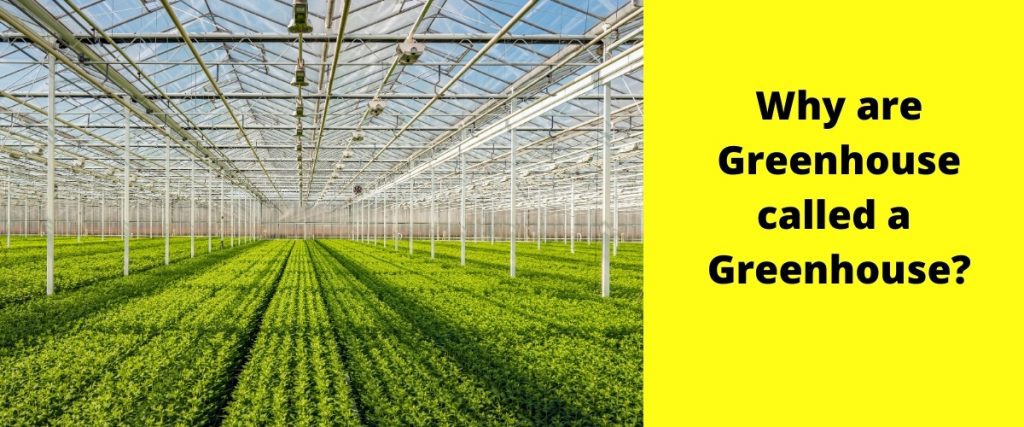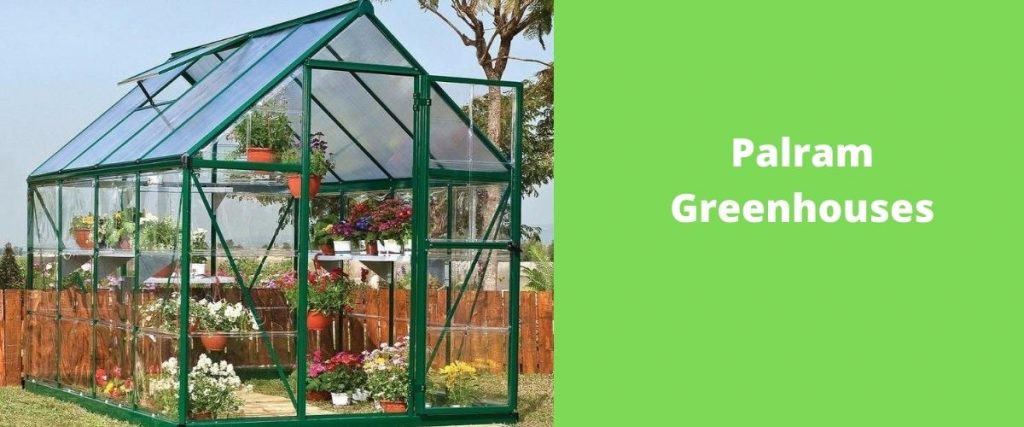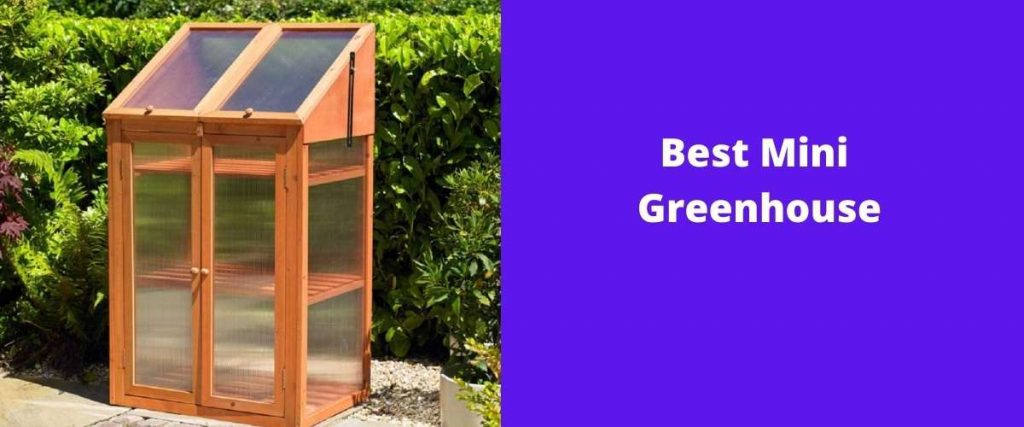A Greenhouse is referred to as a botanical garden; which causes a greenhouse effect. It is because it warms up the Earth that takes place in Greenhouse. The glass structure captures the sunlight, and the area will heat up.
That’s why we used the term greenhouse, and another term glasshouse is also used. The reason its called a glasshouse is that it is designed to protect and tender to or out of season plants against excessive heat and cold.


In the 17th century, the ordinary brick or timber shelters with a proportion of window space and some heating source were considered the Greenhouse.
Basically, all the mechanism is called the greenhouse effect, when gases on Earth traps the sun’s heat. It makes the Earth warmer and comfortable place to live.
Do you know how Greenhouse work?
A greenhouse really works just like a greenhouse made with glass walls and a glass roof. It is used to grow plants, especially tomatoes and tropical flowers. Moreover, it stays warm in winter, like in daytime sunlight shines into the Greenhouse and warms the plants and air inside. Meanwhile, at night time, it’s cold outside, but Greenhouse stays warm, all because of the glass walls of Greenhouse which trap the sunlight.
It works in a much easier way on Earth; gases in the atmosphere like CO2, methane, ozone, nitrous oxide, and fluorinated gases trap the heat, which is called greenhouse gases. It keeps the Earth warm and cozy at 58 degrees Fahrenheit or 14 degrees Celsius.
Technically, greenhouse gases absorb thermal infrared radiation emitted by the Earth’s surface. Atmospheric radiation is also emitted to all sides, including the Earth’s surface. These gases trap heat within the surface troposphere system, which is known as the greenhouse effect.
Glass became cheaper and sophisticated forms of heating that became available. The Greenhouse is designed to build a roofed and walled structure built of glass with a minimal wooden and metal skeleton.
Over time, in the 19th century, the Greenhouse developed from a mere refuge from a hostile climate into a controlled environment that needed particular plants. Therefore, the huge increase in exotic plants’ availability led to a vast increase in greenhouse culture worldwide. Greenhouses are important for agriculture and horticulture, as well as botanical science. Meanwhile, Hobbyists, collectors, and home gardens are used for smaller structures.
There are different types of Greenhouse, such as glass or plastic enclosed frame structure. Most of these are used to produce fruits, flowers, vegetables, and some special plants that required specific temperatures. The basic form is span type greenhouse, which has an A-shaped roof and leans against a building’s side.
Moreover, two or more span-type greenhouses are joined side-by-side, which have fewer external walls and less heating costs.
Glass is basically ab traditional glazing material, but polyethylene or polyvinyl and fiberglass are standard. The frame comprises aluminum, galvanized steel, and woods like redwood, cedar, or cypress.
Human activities change Earth’s natural greenhouse effect, burning fossil fuels like coal and oil, which put more carbon dioxide into the atmosphere.
How reduces the greenhouse effect on Earth?
Like a glass greenhouse, Earth’s Greenhouse is full of plants that help balance the greenhouse effect. Some plants lie giant trees to tiny phytoplankton in the ocean take in carbon dioxide and give off oxygen. The ocean absorbs the most carbon dioxide in the air and increases in the ocean, bringing changes and making it more acidic. It is also known as ocean acidification.
This acidic water in the sea can be harmful to shellfish and coral. Warming oceans from greenhouse gases in the atmosphere is harmful to these organisms.


